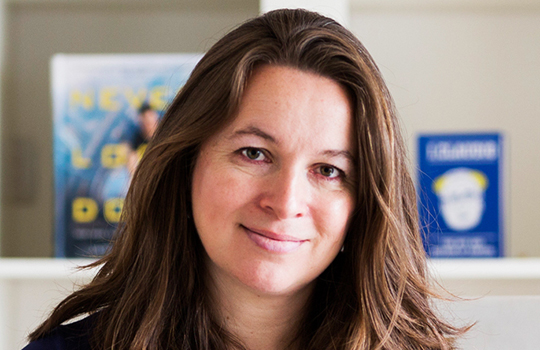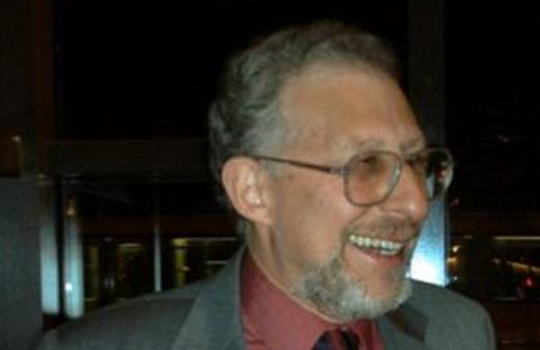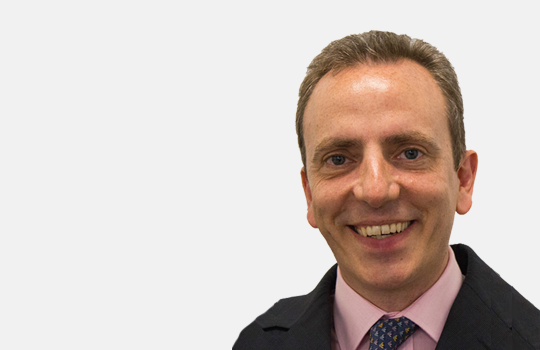Doctors and patients are heading in opposite directions: patients increasingly have multiple conditions, while doctors are specialising not just in organ systems but in parts of organs. What are the consequences of this divergence? We have known for many years now that patients have multiple conditions. As the figure from a Scottish study shows, by […]
Richard Smith: Doctors and patients heading in opposite directions






